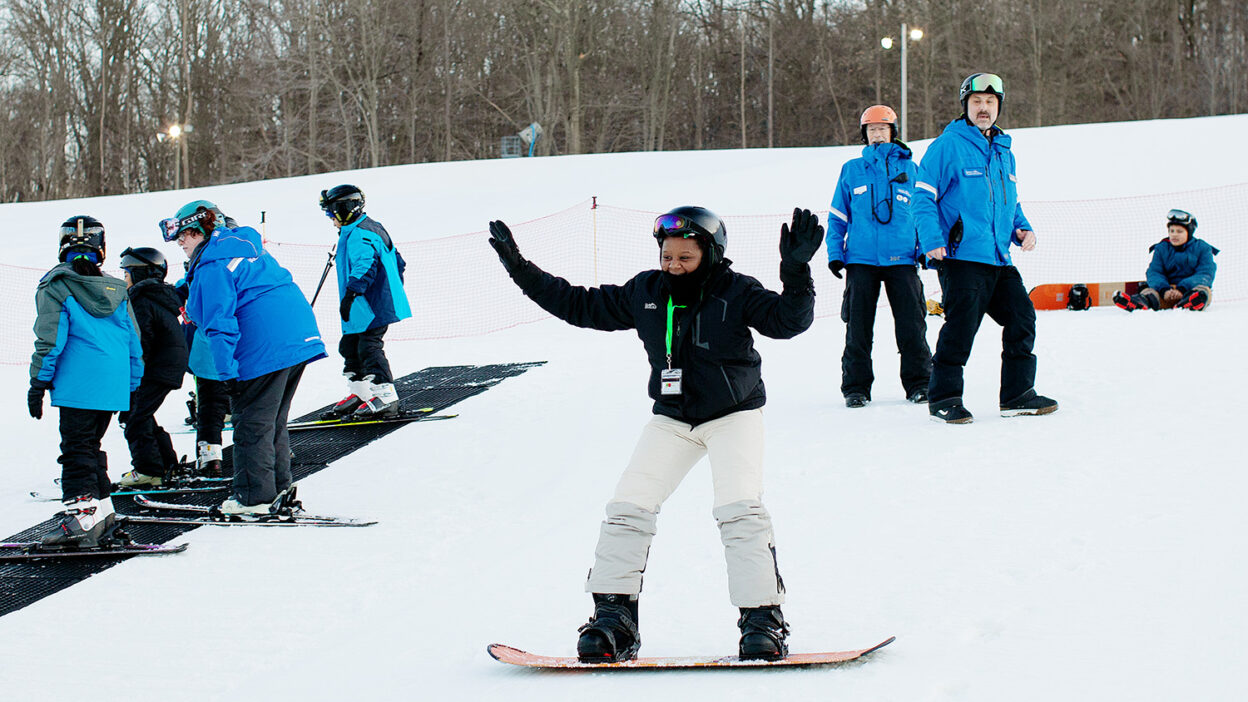Local organizations serving Akron’s youth can now apply for grants ranging from $500 to $5,000 as part of a city initiative aimed at expanding access to sports and wellness programming.
The city has committed $100,000 to offset the cost of program fees, training and certifications for coaches, mental health services and safety and equipment to provide more opportunities for young Akronites.
“We know that sports participation is a fantastic tool to address a range of larger challenges including public safety,” Mayor Shammas Malik said in a statement released Wednesday. “Giving our youth an opportunity to work as a team, learn new skills, develop coping strategies, and see the impact of their hard work and determination can help as a springboard to safe, healthy lives.”
To be eligible, an interested organization must be a registered 501(c)(3) nonprofit that directly serves Akron youth. Applications for the grants must be submitted by Saturday, May 31, at 11:59 p.m.
Applications can be emailed to Youth Opportunity Strategist Denico Buckley-Knight at dbuckley-knight@akronohio.gov. Paper copies are also available in the lobby at Akron City Hall, 166 S. High St., and can be turned in at the security desk.
This program is part of Akron’s larger investment in youth development and public safety. As part of that effort, the city is adopting the Aspen Institute’s Children’s Bill of Rights in Sports, an eight-point framework that emphasizes youth access to fun, safe and developmentally appropriate sports activities.
The bill of rights “focuses on creating a shared community understanding that all youth should have real, meaningful opportunities to develop as people through sports,” Malik said at a press conference earlier this month.
Malik also said the city plans to partner with the Aspen Institute’s Project Play initiative to get at least 64% of Akron youth participating in sports by the end of 2030.
“Other cities have seen the benefits of an increased focus on sports including obesity prevention, cancer risk reduction, gender equity, the social inclusion of people with disabilities and so much more,” Buckley-Knight said.



